Custom House, school, gallery and hideout: The characters of Emmet Place and the Crawford

Crawford School of Art under snow, c.1963.Courtesy Crawford Art Gallery, Cork
THE oldest building at Emmet Place has served as an office for British intelligence, customs men, a family home, an art school, as an IRA hideout and, oh, an art gallery.

The gallery is home to the famous Canova Casts, which were gifted to the city two centuries ago and feature works by many well-known names such as Harry Clarke and Jack B. Yeats as well as more contemporary artists such as Eilis O’Connell and Gerard Byrne.

In time it was granted to an organisation called the Royal Cork Institution, who set up a science lecture theatre where the present café is situated, and installed a set of plaster casts in the attic for students to study.
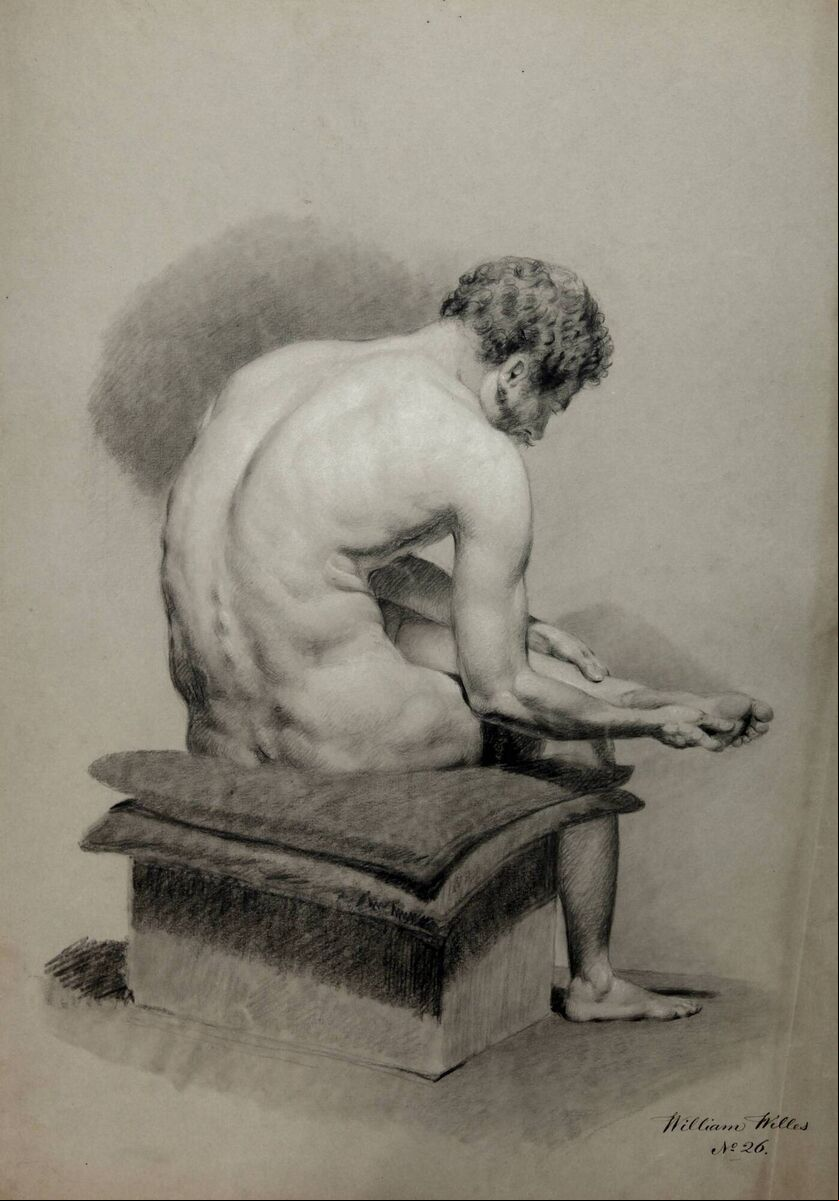
In time, the Institution faded away – especially after the founding of what is now UCC, which made the older organisation obsolete.
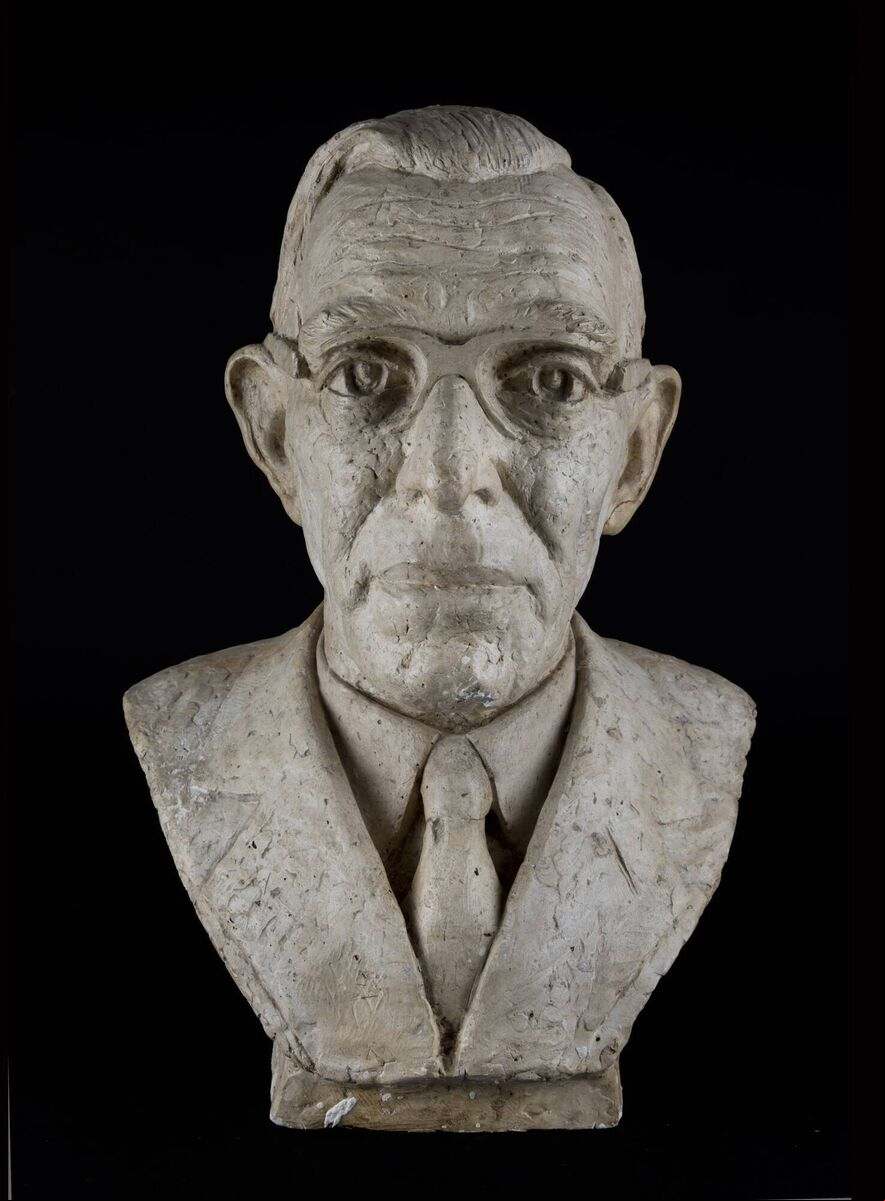
Fewer would know that the founder of the business was a leading entrepreneur and Fianna Fáil politician and TD in the first Dáil, Seamus Fitzgerald.

In 1921, Giocondo was working from Oliver Plunkett Street as a bookmaker, occasionally having brushes with the law, and Enerico was still running his fish and chips place. Giocondo lived in Cork for the rest of his life, but his brother appears to have left after the War of Independence.
The research this article is based on was ed by the Government of Ireland’s ‘Decade of Centenaries’ fund.
This article appeared in the 2024 Holly Bough. See hollybough.ie.
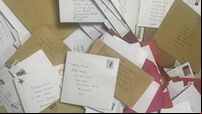

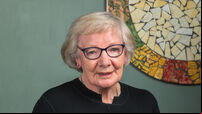


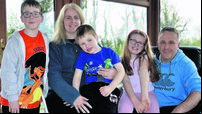




 App?
App?


